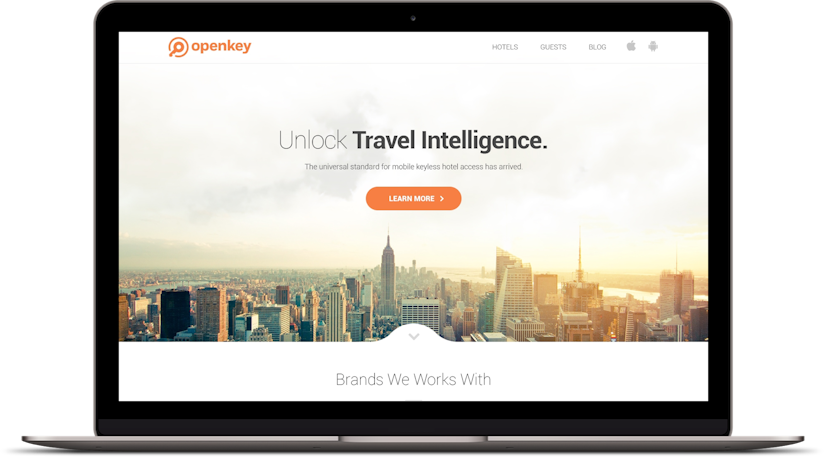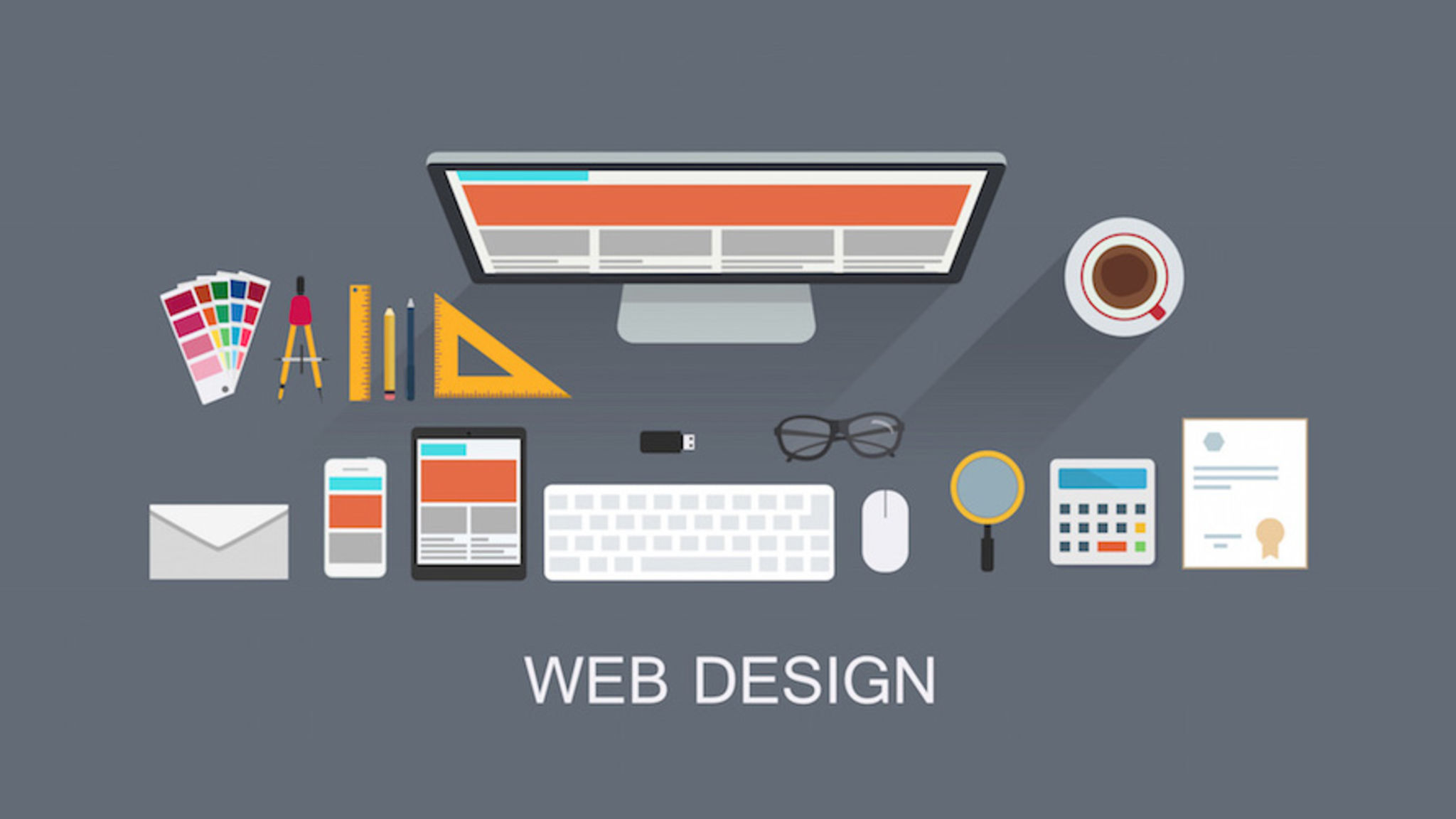All Categories
Featured
Table of Contents
- – Boxcar Studio - Wordpress & Drupal Web Design ...
- – Web Design Service - Professionally Designed ...
- – Web Design - Wikipedia Tips and Tricks:
- – Web Design Studio & Digital Marketing Agency ...
- – Web Design - Entrepreneur Tips and Tricks:
- – Responsive Web Design Certification - Freecod...
- – Powderkeg: Web Design Madison, Wi Tips and T...
- – Collaborate & Create Amazing Graphic Design ...
- – Web Developers And Digital Designers - Burea...
- – Powderkeg: Web Design Madison, Wi Tips and T...
- – Top Web Design Courses Online - Updated [Apr...
Boxcar Studio - Wordpress & Drupal Web Design ... - Ann Arbor Tips and Tricks:
Quick summary Usability and the energy, not the visual style, identify the success or failure of a website. Because the visitor of the page is the only person who clicks the mouse and for that reason chooses everything, user-centric design has actually developed as a standard method for effective and profit-oriented web style - web design frederick md.
and the utility, not the visual style, figure out the success or failure of a site. Considering that the visitor of the page is the only individual who clicks the mouse and therefore decides whatever, user-centric style has become a standard method for effective and profit-oriented website design. If users can't use a function, it might as well not exist.
g. where the search box need to be put) as it has already been performed in a variety of articles; rather we concentrate on the methods which, used appropriately, can cause more advanced design choices and streamline the process of perceiving presented info. Please see that you might be interested in the usability-related short articles we have actually released before: Concepts Of Good Website Style And Reliable Web Design Standards, In order to utilize the concepts properly we initially require to understand how users interact with websites, how they believe and what are the fundamental patterns of users' behavior.
Web Design Service - Professionally Designed Websites Tips and Tricks:
Visitors look at each new page, scan some of the text, and click on the very first link that captures their interest or slightly looks like the thing they're looking for. There are big parts of the page they don't even look at. Most users look for something interesting (or beneficial) and clickable; as soon as some appealing candidates are found, users click.
If a page offers users with high-quality material, they want to jeopardize the content with ads and the style of the site. This is the reason not-that-well-designed websites with top quality material get a lot of traffic over years. Material is more crucial than the style which supports it.

Users don't read, they scan. Notice how "hot" locations abrupt in the middle of sentences. This is common for the scanning procedure. Extremely basic concept: If a website isn't able to satisfy users' expectations, then designer stopped working to get his job done correctly and the business loses cash. The greater is the cognitive load and the less instinctive is the navigation, the more ready are users to leave the site and search for alternatives.
Web Design - Wikipedia Tips and Tricks:
Neither do they scan webpage in a direct style, going sequentially from one site area to another one. Rather users satisfice; they choose the very first affordable option. As quickly as they find a link that appears like it may cause the goal, there is a great possibility that it will be instantly clicked.
It doesn't matter to us if we comprehend how things work, as long as we can use them. If your audience is going to imitate you're designing billboard, then style terrific billboards." Users wish to be able to control their internet browser and rely on the consistent data discussion throughout the website.
If the navigation and site architecture aren't user-friendly, the variety of question marks grows and makes it harder for users to comprehend how the system works and how to get from point A to point B. A clear structure, moderate visual ideas and quickly recognizable links can help users to find their path to their objective.
Web Design Studio & Digital Marketing Agency • Gravitate Tips and Tricks:

claims to be "beyond channels, beyond items, beyond distribution". What does it suggest? Given that users tend to check out sites according to the "F"-pattern, these 3 declarations would be the first aspects users will see on the page once it is loaded. Although the design itself is basic and instinctive, to understand what the page has to do with the user needs to search for the answer.
As soon as you've accomplished this, you can interact why the system works and how users can benefit from it. People won't utilize your web site if they can't discover their method around it. 2. Do Not Waste Users' Perseverance, In every task when you are going to offer your visitors some service or tool, attempt to keep your user requirements minimal.
First-time visitors want to, not filling long web kinds for an account they might never ever use in the future. Let users check out the site and find your services without requiring them into sharing personal information. It's not affordable to force users to get in an email address to check the function.
Web Design - Entrepreneur Tips and Tricks:
And that's what you want your users to feel on your web website. The registration can be done in less than 30 seconds as the form has horizontal orientation, the user doesn't even need to scroll the page.
A user registration alone is sufficient of an obstacle to user navigation to cut down on incoming traffic. Manage To Focus Users' Attention, As sites supply both fixed and vibrant content, some aspects of the user interface attract attention more than others do.
Focusing users' attention to particular locations of the site with a moderate use of visual elements can help your visitors to obtain from point A to point B without thinking about how it actually is expected to be done. The less question marks visitors have, the they have and the more trust they can establish towards the company the website represents.
Responsive Web Design Certification - Freecodecamp.org Tips and Tricks:
4. Strive For Feature Direct exposure, Modern website design are normally criticized due to their approach of assisting users with aesthetically appealing 1-2-3-done-steps, large buttons with visual impacts and so on. From the style viewpoint these elements really aren't a bad thing. On the contrary, such as they lead the visitors through the site material in a really easy and user-friendly way.
The site has 9 primary navigation options which are noticeable at the first glimpse. What matters is that the content is well-understood and visitors feel comfortable with the method they communicate with the system.
Rather a cost: simply what visitors are looking for. An optimal service for effective writing is touse short and concise phrases (come to the point as rapidly as possible), usage scannable design (categorize the content, use several heading levels, utilize visual elements and bulleted lists which break the flow of uniform text blocks), use plain and unbiased language (a promotion doesn't require to sound like advertisement; provide your users some sensible and objective reason why they must use your service or stay on your website)6.
Powderkeg: Web Design Madison, Wi Tips and Tricks:
Users are hardly ever on a website to take pleasure in the design; in addition, most of the times they are looking for the details despite the style - web design frederick md. Pursue simplicity instead of complexity. From the visitors' viewpoint, the very best website design is a pure text, without any advertisements or additional content obstructs matching precisely the query visitors used or the content they've been trying to find.
Finch clearly provides the details about the website and offers visitors an option of options without overcrowding them with unnecessary material. 7. Do not Hesitate Of The White Space, Actually it's really tough to overestimate the importance of white area. Not just does it assist to for the visitors, however it makes it possible to view the information presented on the screen.
Complex structures are harder to read, scan, examine and work with. If you have the choice in between separating two style sectors by a noticeable line or by some whitespace, it's normally better to utilize the whitespace service. (Simon's Law): the better you manage to supply users with a sense of visual hierarchy, the easier your content will be to view.
Collaborate & Create Amazing Graphic Design For Free Tips and Tricks:
The exact same conventions and rules ought to be applied to all elements.: do the most with the least amount of hints and visual aspects. Clarity: all elements should be developed so their significance is not ambiguous.
Conventions Are Our Good friends, Traditional design of site aspects does not result in a dull web site. As they reduce the learning curve, the need to figure out how things work. It would be an use nightmare if all websites had various visual discussion of RSS-feeds. That's not that different from our routine life where we tend to get utilized to standard concepts of how we arrange information (folders) or do shopping (placement of items).
comprehend what they're getting out of a website navigation, text structure, search positioning etc. A normal example from functionality sessions is to translate the page in Japanese (assuming your web users do not know Japanese, e. g. with Babelfish) and supply your functionality testers with a job to discover something in the page of various language.
Web Developers And Digital Designers - Bureau Of Labor ... Tips and Tricks:
Steve Krug suggests that it's much better to, but take advantages of conventions when you do not. 10. Test Early, Test Frequently, This so-called TETO-principle should be applied to every website design job as functionality tests often supply into significant issues and issues related to a given layout. Test not far too late, not too little and not for the wrong reasons.
Some important indicate keep in mind: according to Steve Krug, and testing one user early in the project is better than testing 50 near completion. Accoring to Boehm's first law, mistakes are most frequent throughout requirements and style activities and are the more pricey the later they are gotten rid of.
That suggests that you design something, test it, repair it and then test it again. There may be issues which have not been discovered during the very first round as users were virtually obstructed by other problems.
Powderkeg: Web Design Madison, Wi Tips and Tricks:

This holds for designers. After you've worked on a site for few weeks, you can't observe it from a fresh perspective any longer. You understand how it is developed and therefore you understand exactly how it works you have the knowledge independent testers and visitors of your website wouldn't have.
It can be connected to other areas such as graphic style, user experience, and multimedia arts, but is more aptly seen from a technological standpoint. It has actually ended up being a big part of individuals's everyday lives. It is tough to imagine the Web without animated graphics, various designs of typography, background, videos and music.

Throughout 1991 to 1993 the World Wide Web was born. Text-only pages could be viewed utilizing a basic line-mode browser. In 1993 Marc Andreessen and Eric Bina, created the Mosaic internet browser. At the time there were multiple web browsers, nevertheless the bulk of them were Unix-based and naturally text heavy. There had been no integrated technique to graphic style aspects such as images or noises.
Top Web Design Courses Online - Updated [April 2022] - Udemy Tips and Tricks:
The W3C was developed in October 1994 to "lead the Internet to its full capacity by developing common protocols that promote its advancement and guarantee its interoperability." This dissuaded any one business from monopolizing a propriety browser and shows language, which might have changed the result of the World Wide Web as a whole.
As this has actually occurred the innovation of the web has actually likewise proceeded. There have actually likewise been significant changes in the way people use and access the web, and this has changed how sites are developed. Considering that the end of the internet browsers wars [] brand-new browsers have been released. Much of these are open source implying that they tend to have much faster advancement and are more helpful of new standards.
Learn more about Lovell Media Group LLC or TrainACETable of Contents
- – Boxcar Studio - Wordpress & Drupal Web Design ...
- – Web Design Service - Professionally Designed ...
- – Web Design - Wikipedia Tips and Tricks:
- – Web Design Studio & Digital Marketing Agency ...
- – Web Design - Entrepreneur Tips and Tricks:
- – Responsive Web Design Certification - Freecod...
- – Powderkeg: Web Design Madison, Wi Tips and T...
- – Collaborate & Create Amazing Graphic Design ...
- – Web Developers And Digital Designers - Burea...
- – Powderkeg: Web Design Madison, Wi Tips and T...
- – Top Web Design Courses Online - Updated [Apr...
Latest Posts
Figma: The Collaborative Interface Design Tool. Tips and Tricks:
Website Design - Best Ecommerce Web Design By Shopify Tips and Tricks:
What Is A Web Designer? (2022 Guide) - Brainstation® Tips and Tricks:
More
Latest Posts
Figma: The Collaborative Interface Design Tool. Tips and Tricks:
Website Design - Best Ecommerce Web Design By Shopify Tips and Tricks:
What Is A Web Designer? (2022 Guide) - Brainstation® Tips and Tricks: